Bhagwan Narayana, revered as Vishnu, embodies the eternal force sustaining the cosmos. The Vedas, Puranas, and Bhagavad Gita affirm Him as Purushottama, the Supreme Being. He pervades all existence, from the vastness of galaxies to the minutest particles.
Depicted with a serene blue complexion, Narayana holds the conch (Shankha), discus (Sudarshana Chakra), mace (Gada), and lotus (Padma), each symbolizing aspects of cosmic order and spiritual authority. He resides in Vaikuntha, a realm of eternal bliss, guiding souls toward liberation. The name 'Narayana' signifies the ultimate refuge, emphasizing His role as the source and sustainer of all.
Who is Bhagwan Narayana?
Bhagwan Narayana, also known as Vishnu, is the Supreme Preserver in the Hindu pantheon. He is the eternal, all-pervading force who maintains the balance of the universe. Alongside Brahma the Creator and Shiva the Destroyer, Narayana forms the central figure of the Trimurti, the triad of cosmic functions. As the embodiment of Sattva, the principle of harmony and sustenance, He ensures that righteousness (Dharma) prevails and cosmic order is upheld.
In terms of divine lineage, Narayana transcends human-like ancestry. He is the eternal Purusha, not born from any other deity, but rather the source from which other divine manifestations emerge. His Shakti or divine consort is Goddess Lakshmi, the goddess of wealth, fortune, and grace. Their union symbolizes abundance and divine order. Narayana is also the fountainhead of the Dashavatara, ten major incarnations including Rama, Krishna, and Narasimha, each descending to restore Dharma during times of cosmic crisis. These avatars link Him intimately to other deities and mythic narratives across Hindu tradition.
Associated Elements
Bhagwan Narayana is closely associated with a range of powerful symbols that express His divine attributes and responsibilities. His vahana or vehicle is Garuda, the mighty eagle who represents speed, strength, and the power to overcome evil. Narayana’s primary weapons and emblems include the Sudarshana Chakra (discus), which destroys
ignorance and protects Dharma, the Panchajanya Shankha (conch), which produces the primordial sound of creation, the Kaumodaki Gada (mace), symbolizing divine strength, and the Padma (lotus), representing purity and transcendence.
He is often depicted with a tranquil blue complexion, lying on the serpent Ananta Shesha amidst the cosmic ocean, signifying timelessness and the eternal support of the universe. These elements together portray Narayana not only as a powerful protector but as the serene, benevolent heart of cosmic existence.
Significance of Bhagwan Narayana
Philosophically and spiritually, Bhagwan Narayana represents the eternal, unchanging reality underlying the ever-changing universe. As the embodiment of Sattva, He sustains life, nourishes the soul, and preserves the moral order. In the Bhagavad Gita, He reveals Himself as the Supreme Purusha, the inner Self (Antaryami) present in all beings, and the ultimate goal of all spiritual paths. Bhakti yoga, the path of loving devotion, finds its fullest expression in the worship of Narayana, where surrender to His divine will leads to liberation (Moksha). He is also central to the concept of Para Brahman in the Vedantic tradition, described as the limitless, all-pervading consciousness that manifests the universe yet remains beyond it.
In terms of regional and sectarian importance, Bhagwan Narayana is the central deity of the Vaishnava tradition, one of the largest and most influential branches of Hinduism. Various sects like Sri Vaishnavism, Madhva Sampradaya, Gaudiya Vaishnavism, and others worship Him as the Supreme Being. In South India, especially Tamil Nadu and Andhra Pradesh, He is venerated through the Alvar hymns and the worship of Vishnu temples like Srirangam, Tirupati, and Kanchipuram. In North India, His presence is strongly felt through devotion to His avatars such as Rama in Ayodhya and Krishna in Mathura and Vrindavan.
Several major Hindu festivals are dedicated to Bhagwan Narayana and His incarnations. Vaikuntha Ekadashi is a highly revered day when devotees seek liberation by entering the symbolic gate to Vaikuntha, His divine abode. Krishna Janmashtami and Rama Navami celebrate His avatars. Narasimha Jayanti honors His fierce form that destroyed the demon Hiranyakashipu. Diwali, especially in some regions, also marks the return of Rama, a Narayana avatar, to Ayodhya. These celebrations affirm His role as the protector of righteousness and the guide to spiritual emancipation.
Iconography & Symbolism
Bhagwan Narayana is depicted with a serene and majestic appearance, embodying divine authority and compassion. He typically has four arms, each holding a distinct symbolic object: the conch (shankha) representing the primordial sound and cosmic origin, the discus (chakra) symbolizing the mind and the power to destroy evil, the mace (gada) signifying strength and the power to protect, and the lotus (padma) denoting purity, spiritual awakening, and cosmic order. His attire is adorned with yellow silk, and he wears a crown and various ornaments, reflecting his status as the preserver and protector of the universe. Narayana’s visage radiates calmness and assurance, conveying his role as the upholder of dharma.
In art, sculptures, and temple depictions, Bhagwan Narayana is often shown reclining on the cosmic serpent Shesha, floating upon the Kshira Sagara, the ocean of milk. This posture highlights his transcendence and the eternal nature of his existence. Temples frequently feature intricate carvings and statues of Narayana in various forms, such as standing, seated, or reclining, surrounded by consorts and attendants. The iconography emphasizes divine majesty, with elaborate halos, detailed jewelry, and symbolic motifs enhancing the sense of sacredness. Murals and paintings in temples further illustrate episodes from his avatars and cosmic deeds, reinforcing his central place in devotional art.
Color symbolism plays a significant role in Narayana’s iconography. His skin is typically depicted as dark blue, representing the infinite and unfathomable nature of the cosmos and the depths of the universe. The yellow garments symbolize knowledge, purity, and auspiciousness. His postures, whether standing upright or reclining, signify stability, rest, and cosmic balance. Mudras, or symbolic hand gestures, often include the abhaya mudra, which assures protection and fearlessness, and the varada mudra, signifying the granting of boons and blessings. These elements together communicate his divine qualities, his accessibility to devotees, and his role as the sustainer of all creation.
Origin of Bhagwan Narayana
Bhagwan Narayana’s mythological origins are deeply rooted in the Vedas, Puranas, and epics like the Ramayana and Mahabharata. The name Narayana is derived from Sanskrit, where ‘nara’ means water and ‘ayana’ means resting place, signifying the Supreme Being resting on the cosmic waters. The Vedas and Puranas extol Narayana as Para Brahman, the Supreme Bhagwan, who pervades and sustains the universe. He is depicted as the ultimate force behind creation, preservation, and dissolution, residing in Vaikuntha, his celestial abode, where divine bliss prevails. The Bhagavata Purana describes him as the source of all incarnations and the one who imparts spiritual knowledge to Brahma, the creator.
Narayana is central to many cosmic events and avatar stories. In the Dashavatara tradition, he manifests in ten primary forms to restore cosmic order. Notable avatars include Varaha, who rescued the Earth from the cosmic ocean, Narasimha, who destroyed the tyrant Hiranyakashipu to protect his devotee Prahlada, and Vamana, who subdued the demon king Bali. In the Ramayana, Narayana incarnates as Rama, the son of King Dasaratha, to defeat the demon king Ravana. The Mahabharata identifies Krishna, who
guides Arjuna and reveals the Bhagavad Gita, as Narayana himself. These stories illustrate how Narayana intervenes in the universe whenever dharma is threatened, taking forms that suit the circumstances and needs of the world.
The scriptures consistently present Narayana as the Supreme Being, the preserver and protector, whose avatars are purposeful responses to cosmic imbalance. His connection with Goddess Lakshmi, depicted as Lakshmi Narayana, further emphasizes his role as the sustainer of prosperity and order. The symbolism of Narayana resting on the serpent Shesha in the Ocean of Milk reinforces his eternal and all-encompassing nature, highlighting his integral presence in the cycle of creation and dissolution.
Legends and Stories
The Churning of the Ocean (Samudra Manthan)
The Samudra Manthan stands as one of the most significant episodes in Hindu mythology, symbolizing the eternal struggle between positive and negative forces. The Devas and Asuras, in pursuit of Amrita, churned the Ocean of Milk using Mount Mandara as the rod and the serpent Vasuki as the rope. When the mountain began to sink, Bhagwan Narayana assumed the form of Kurma, the cosmic tortoise, to provide a stable base. The churning produced both treasures and poisons, including the lethal Halahala, which Bhagwan Shiva consumed to protect creation. The emergence of various divine objects and beings, such as Lakshmi and the celestial horse Uchchaihshravas, marked the event. Ultimately, when Amrita surfaced, Narayana, as Mohini, ensured it reached only the Devas, reinforcing cosmic order and illustrating divine intervention in preserving dharma.
The Narasimha Avatar: Protector of Devotees
The Narasimha avatar exemplifies the principle that divinity transcends all limitations to protect righteousness. Hiranyakashipu, empowered by a boon, challenged the supremacy of the gods and persecuted his son Prahlada for his unwavering devotion to Narayana. The unique form of Narasimha, neither man nor animal, emerged at dusk from a pillar, circumventing the conditions of the boon. Narasimha destroyed Hiranyakashipu without violating the boon’s terms, acting on the threshold, using his claws, and neither inside nor outside a dwelling. This avatar not only restored justice but also emphasized the power of faith and the certainty of divine protection for true devotees.
Nara-Narayana: The Twin Sages of Badrinath
Nara and Narayana, revered as embodiments of penance and spiritual discipline, are central figures in the spiritual heritage of Badrinath. Their relentless meditation and asceticism have safeguarded the world from evil influences. The episode involving the
creation of Urvashi highlights their mastery over desire and their ability to transcend worldly temptations. Their presence at Badrinath continues to be honored, with the temple regarded as a vital pilgrimage site. The legend underscores the transformative power of austerity and the enduring influence of divine sages in maintaining cosmic balance.
Bhagwan Narayana and Shesha Naga
Shesha Naga, the infinite serpent, represents the foundation and continuity of the universe. Bhagwan Narayana’s repose on Shesha in the cosmic ocean signifies the eternal nature of existence and the cyclical process of creation and dissolution. Shesha’s role extends beyond support; he embodies patience, strength, and devotion, holding the worlds and singing the glories of Narayana. The imagery of time’s flow with Shesha’s movements reflects the profound interconnectedness of cosmic principles. This relationship between Narayana and Shesha illustrates the harmony between the sustaining force and the cosmic order, reinforcing the concept of the universe as a dynamic but balanced entity.
These stories illustrate the multifaceted nature of Bhagwan Narayana, highlighting his roles as protector, sustainer, and guide, and demonstrating the enduring relevance of these myths in conveying profound spiritual truths.
Spiritual Lessons from Bhagwan Narayana
The tales of Bhagwan Narayana impart profound spiritual and moral lessons that guide devotees toward a higher path. One core lesson is the importance of humility. The story where Bhagwan Narayana humbles Bhagwan Brahma teaches that even the most knowledgeable beings must remain free from pride and ego. True wisdom arises from humility and recognizing the greatness of the divine over individual accomplishments.
Another key lesson is the power of unwavering devotion. Through the story of Prahlada and Bhagwan Narasimha, it is clear that sincere faith and steadfastness in righteousness will always be protected, even in the face of overwhelming adversity. Evil may appear powerful, but it cannot triumph over goodness and divine will. The Bhagwan answers the prayers of true devotees and restores balance when dharma is threatened.
The legend of Narada’s illusion emphasizes the transient nature of worldly attachments and the dangers of pride in spiritual progress. Even great sages can be ensnared by maya, or illusion, but self-realization and surrender to the divine lead to liberation. This story encourages devotees to cultivate humility, remain detached from material entanglements, and focus on pure devotion.
Chanting the name of Narayana and meditating upon his qualities purify the mind, eliminate vice, and bring peace, prosperity, and spiritual fulfillment. These practices
reinforce the importance of surrender, selfless service, and remembrance of the divine as the ultimate path to liberation and lasting happiness.
Puja Vidhi at Home
Required Materials:
- Idol or image of Bhagwan Narayana
- Gangajal (holy water)
- Fresh flowers
- Sandalwood paste
- Incense sticks (dhoop)
- Oil lamp (diya)
- Uncooked rice (Akshata)
- Fruits and sweets for offering
- Clean cloth or mat for seating
Step-by-Step Home Puja Guide:
1. Preparation:
- Clean the puja area and take a bath.
- Wear clean clothes and arrange all puja items.
2. Invocation:
- Place the idol or image of Bhagwan Narayana on a clean altar.
- Light the oil lamp and incense sticks.
3. Offerings:
- Sprinkle Gangajal on the deity's image.
- Apply sandalwood paste to the forehead of the idol.
- Offer fresh flowers and Akshata.
- Place fruits and sweets as Naivedya (food offering).
4. Chanting:
- Recite the mantra 'Om Namo Narayanaya' 108 times using a mala (rosary).
5. Aarti:
- Perform Aarti by moving the lit lamp in a circular motion in front of the deity while singing the Aarti song dedicated to Bhagwan Narayana.
6. Conclusion:
- Sit quietly for a few minutes, meditating on Bhagwan Narayana.
- Distribute the prasad (offered fruits and sweets) among family members. This daily puja fosters spiritual discipline and brings peace and positivity into the home
Mantras Dedicated to Bhagwan Narayana
ॐ नमो नारायणाय
Om Namo Nārāyaṇāya
Meaning in English: I bow to Bhagwan Narayana, the supreme sustainer and protector of the universe.
Benefits:
- Calms the mind and enhances concentration
- Brings spiritual protection and divine grace
- Clears negative energy and purifies surroundings
विष्णु सहस्रनाम
Sanskrit (Opening Verse): श्रीवैशम्पायन उवाच। श्रुत्वा धर्मानशेषेण पावनानि च सर्वशः। युधिष्ठिरः शान्तनवं पुनरेवाभ्यभाषत॥
Śrī Vaiśampāyana uvāca Śrutvā dharmān aśeṣeṇa pāvanāni ca sarvaśaḥ Yudhiṣṭhiraḥ Śāntanavaṁ punar evābhyabhāṣata
Meaning in English: Yudhishthira, having heard from Bhishma the complete and sacred duties, again addressed him with humility.
Benefits:
- Bestows mental clarity, strength, and protection
- Invokes the thousand divine attributes of Vishnu
- Considered a complete spiritual practice on its own
नारायण गायत्री मंत्र
Om Nārāyaṇāya Vidmahe Vāsudevāya Dhīmahi Tanno Viṣṇuḥ Prachodayāt
Meaning in English: Om, let us meditate on Narayana, the son of Vasudeva. May that Vishnu enlighten our intellect.
Benefits:
- Awakens inner wisdom and divine consciousness
- Removes spiritual ignorance
- Ideal for daily meditation and self-purification
Shree Narayan Kavacham, chanted by traditional Brahmins: Click Here to Watch:
Benefits of Worshiping Bhagwan Narayana
Chanting 'Om Namo Narayanaya' deepens one’s connection with the divine, promoting self-realization and liberation. The mantra purifies the mind, dispels karmic impurities, and fosters devotion, which is central to the Bhakti tradition. Its rhythmic repetition calms the mind, stabilizes emotions, and enhances focus and mental clarity. Regular practice also supports personal well-being, removes obstacles, attracts prosperity, and offers protection from negative influences.
General Benefits
- Spiritual Growth: Facilitates self-realization and liberation.
- Mind Purification: Cleanses the mind of negative thoughts and emotions.
- Emotional Stability: Promotes a balanced and composed mental state.
- Stress Reduction: Induces relaxation and mental clarity.
- Enhanced Concentration: Improves focus and cognitive performance.
- Devotional Cultivation: Strengthens love and dedication towards the divine.
- Obstacle Removal: Eliminates hindrances in personal and professional life.
- Prosperity Attraction: Draws wealth and success.
- Desire Fulfillment: Helps in achieving righteous aspirations.
- Protection: Shields against negative energies and adversities
Incorporating the worship of Bhagwan Narayana into daily practice can lead to a harmonious and fulfilling life, encompassing spiritual enlightenment, mental peace, and material well-being.
Temples Dedicated to Bhagwan Narayana
Temples dedicated to Bhagwan Narayana, also known as Vishnu, are among the most significant spiritual centers in Hinduism. These temples serve not only as places of worship but also as institutions preserving ancient rituals, scriptures, and traditions. Many are renowned for their elaborate festivals, daily rituals, and community activities that attract millions of devotees annually. The architecture of these temples often reflects the grandeur of the era in which they were built, featuring intricate carvings, towering gopurams, expansive courtyards, and sacred temple tanks. Historical inscriptions and sculptures within these temples frequently depict stories from the Ramayana, Mahabharata, and various Puranas, highlighting the deity’s role in cosmic events and his avatars.
Several temples stand out as major pilgrimage destinations. The Badrinath Temple in Uttarakhand, nestled in the Himalayas, is a key site of the Char Dham Yatra and revered for its spiritual aura and scenic beauty. The Ranganathaswamy Temple in Srirangam, Tamil Nadu, is one of the largest temple complexes in the world, dedicated to the reclining form of Narayana and celebrated for its Dravidian architecture and seven concentric walls. The Padmanabhaswamy Temple in Thiruvananthapuram, Kerala, is famed for its blend of Kerala and Dravidian styles and its immense wealth.
The Tirumala Venkateswara Temple in Andhra Pradesh is one of the richest and most visited religious sites globally, drawing millions for its grand Brahmotsavam festival. Other notable temples include the Jagannath Temple in Puri, known for the annual Rath Yatra, and the Dwarkadhish Temple in Gujarat, associated with Krishna, an avatar of
Narayana. In South India, the Lakshmi Narayan Temple at Hosaholalu showcases Hoysala architecture and detailed panels depicting epic narratives.
Internationally, Bhagwan Narayana’s worship extends to grand temples such as Angkor Wat in Cambodia, the largest religious monument in the world, originally dedicated to Vishnu. The Prambanan Temple in Indonesia and the Nathlaung Kyaung Temple in Myanmar are other prominent examples.
In Europe, North America, and Africa, temples like the Stichting Shri Vishnu Mandier in the Netherlands and the Sri Lakshmi Narayanan Temple in Seoul continue the tradition, serving Hindu communities and hosting major festivals. These temples abroad often become cultural hubs, celebrating important events like Janmashtami and Vaikuntha Ekadashi, and preserving the spiritual heritage of Bhagwan Narayana for the diaspora.
Narayana Presence in Other Traditions
Narayana’s influence extends well beyond Hinduism, shaping religious thought, art, and culture in Buddhism, Jainism, and Southeast Asia.
In Buddhism , Narayana is recognized in certain Indian texts as a symbol of strength and cosmic authority. Some Buddhist traditions, particularly Mahayana and Vajrayana, incorporate Vishnu-Narayana into their pantheon, sometimes identifying him with Avalokiteshvara. Southeast Asian Buddhist art, especially in Indonesia and Japan, features depictions of Vishnu-Narayana, reflecting a blend of Hindu and Buddhist influences.
Jainism regards Narayana as a legendary or heroic figure rather than a supreme deity. Jain texts use the name for specific characters, maintaining a focus on individual liberation rather than divine creation or preservation. While some Hindu texts link Jain figures like Rishabha to Vishnu, Jainism does not accept this association.
In Southeast Asia , Narayana’s worship significantly influenced temple architecture and royal symbolism. Temples such as Angkor Wat and Prambanan were originally dedicated to him, and his imagery became central to local art and culture. Stories like the Ramayana, centered on Vishnu’s avatar Rama, were adapted into regional traditions and performances.
Comparative mythology positions Narayana as the archetype of the cosmic preserver, a figure whose qualities of protection and order resonate across multiple religious and cultural contexts. His adaptability underscores his enduring significance as a symbol of guidance and balance.
Bhagwan Narayana’s Rudra Centre Products & Puja Services
Vishnu Yantra
A sacred brass yantra etched with powerful symbols for Bhagwan Vishnu, available in various sizes, designed to attract divine blessings, protection, and prosperity.
19 Mukhi Rudraksha
A rare and auspicious rudraksha bead ruled by Bhagwan Narayana, bestowing health, success, abundance, and protection from negativity to the wearer.
10 Mukhi Narayan Mala
A mala made from original 10 Mukhi rudraksha beads, ideal for wearing or chanting Bhagwan Narayan mantras, offering planetary protection and blessings of love, prosperity, and healing.
Narayan Brass Idol on Sheshnaag
A beautifully crafted brass idol depicting Bhagwan Narayan standing on the coiled Shesha serpent, suitable for home, altar, or workplace to invoke divine grace and protection.
Khus Oil for Bhagwan Vishnu Puja
A fragrant oil used in Vishnu puja ceremonies, known for its spiritual and therapeutic properties, enhancing the devotional atmosphere and connection with the deity.
Satyanarayan Katha Puja
A traditional puja service dedicated to Bhagwan Satyanarayan, performed online with full Vedic rituals for wish fulfillment, auspicious occasions, and overcoming obstacles.
Laxmi Narayana Puja and Yajna
A comprehensive puja and yajna service invoking the blessings of Lakshmi and Narayana for prosperity, wealth, and spiritual well-being, conducted with 11000 chants.
Anant Vishnu Puja
A special puja performed with 11000 japas to seek blessings of Bhagwan Anant Vishnu for peace of mind, material comforts, and spiritual upliftment, streamed live for participant involvement.
Lakshmi Narayan Puja at Prayagraj
A powerful ritual performed at the sacred Triveni Sangam in Prayagraj, invoking Lakshmi and Narayan for abundance, karmic cleansing, and spiritual growth.
Bhagwan Vishnu and Krishna Pujas and Homam
Online puja and homam services dedicated to Bhagwan Vishnu and Krishna, conducted by expert priests for health, wealth, and happiness.
Brahma Vishnu Mahesh Trimurti Puja
A Vedic puja service honoring the Trimurti; Brahma, Vishnu, and Shiva, for prosperity, blessings, and overall well-being, performed with elaborate rituals and live participation options.
Conclusion: The Eternal Preserver and Divine Refuge
Bhagwan Narayana stands as the embodiment of cosmic order, compassion, and unwavering protection. His presence in tradition, scripture, and ritual reveals a force that sustains creation, restores balance, and uplifts the devoted. Through his avatars and timeless teachings, Narayana assures that righteousness prevails and that sincere devotion is always rewarded. To contemplate or worship Narayana is to seek refuge in the infinite, to find peace amid chaos, and to awaken the soul’s deepest potential. His grace offers not only spiritual liberation but also guidance and strength for every challenge in life, making him the eternal anchor for all who yearn for truth, harmony, and divine love


-in-Astrology.jpg)

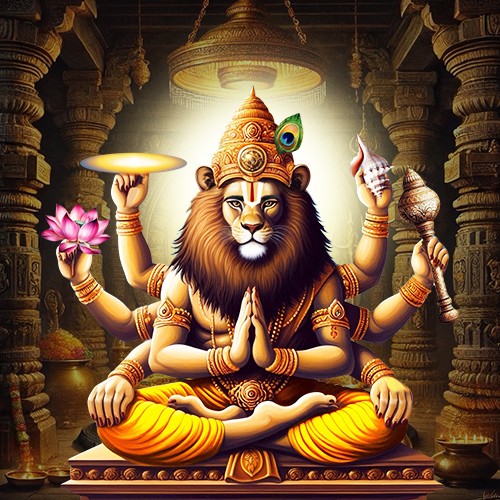
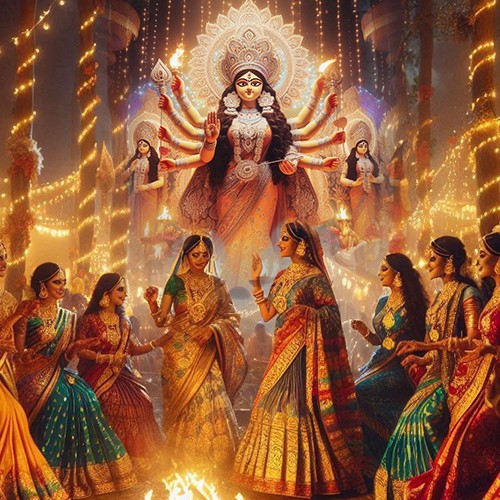
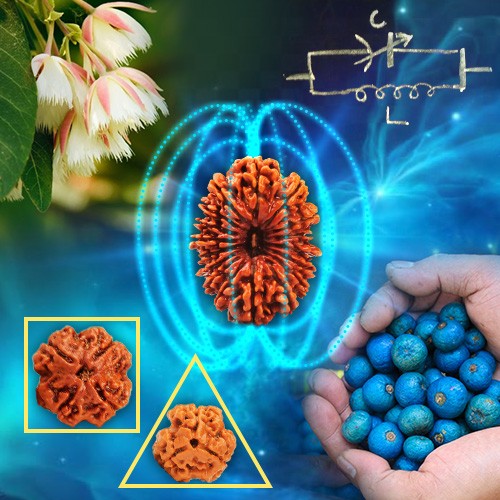

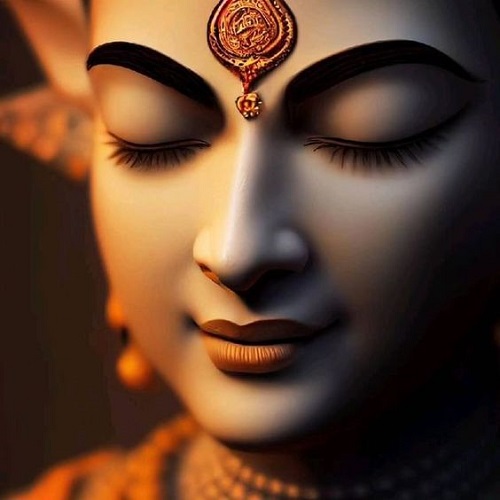
.jpg)

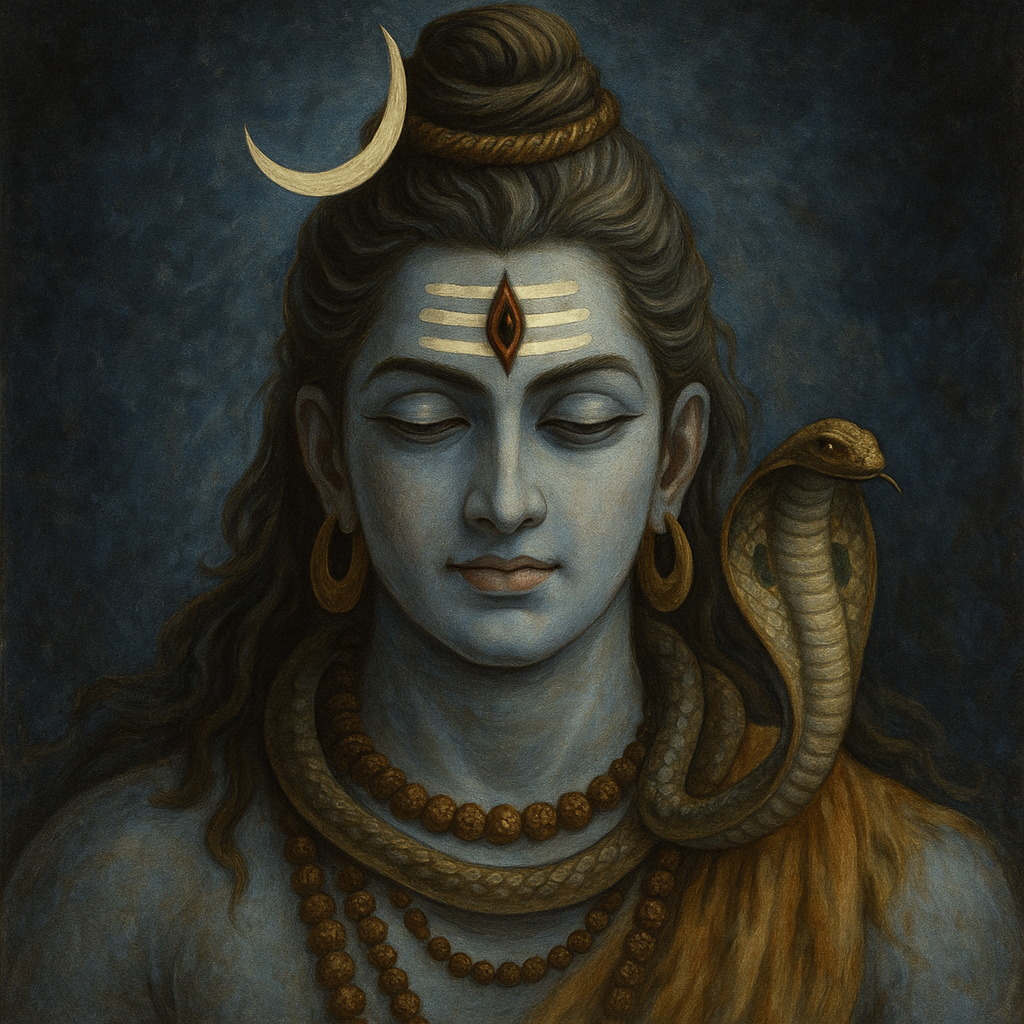
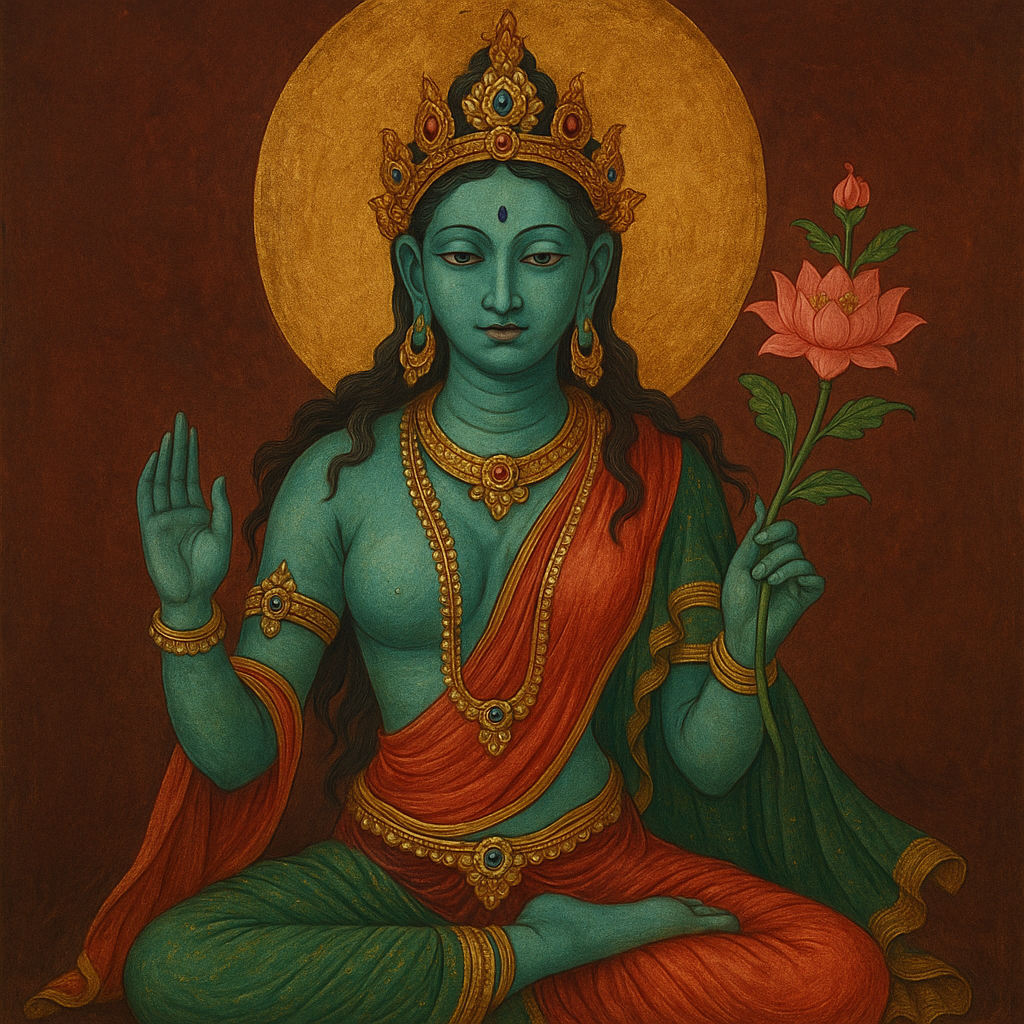
Naga
|March 31, 2024
Krishnudi avatharam ela eatthadu